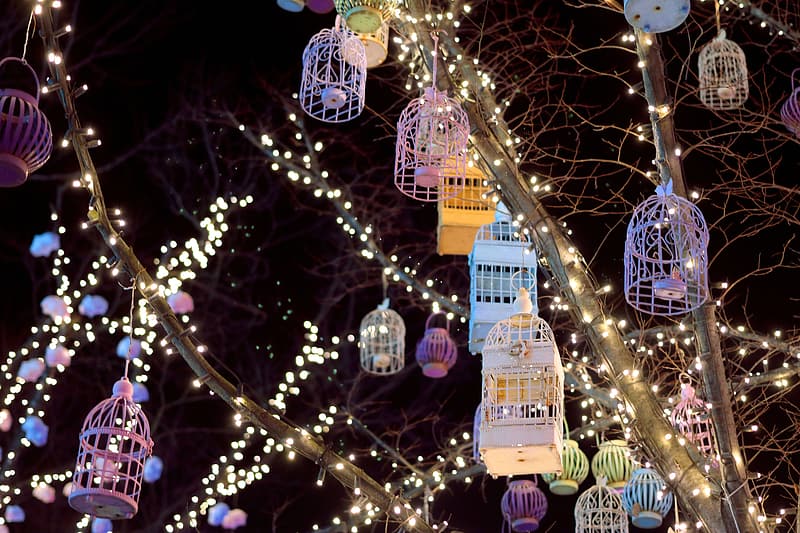Let’s face it – no one’s oblivious to the kind of perplexity that any individual who is an absolute neophyte to purchasing furniture (and exclusive cast-iron garden furniture, at that) is assured to fall into. What with a plethora of options to choose from – be it a compact bistro table or a heavy-duty settee, it’s not hard to see why even veteran furniture enthusiasts seem to fall prey to confusing ruts every now and then!
Bearing prominent legacies of extraction, moulding and craftsmanship, each piece of cast-iron furniture has a story of its own to tell. While the courtyards of the White House in Washington D.C remarkably flaunt these exquisite works of art day in and day out sans any signs of wear and tear, the aspect of garden furniture that has been sculpted amidst the likes of heavy-duty cast-iron does seem to bear distinctive justification as to why it’s used for this purpose in the first place.
Apart from this particular by-product of organic iron ore being the strongest out of all other classifications of metal (such as wrought iron) due to a high level of carbon in its final composition, cast-iron performs excellently in events of extreme pressure – it cannot be bent or twisted easily, thereby assuring a staunch and indestructible structural framework for generations to cherish.
In addition to delivering optimum functional efficacy in its final products for human use, cast-iron is equally in par with nuances that pertain to elegant procreations of sophisticated form too! Yes, since specific designs of moulding cast-iron has been passed down from one generation to another, the concept of creating enthralling patterns in a variety of objects such as dining tables and benches is a graceful collaboration of styles and techniques all the way from ancient times.
In order to perceive a moment or two’s worth of glorious renaissance-oriented heritage, all it takes is a few glances at a typical piece of cast-iron outdoor furniture in order to revel in the age-old feel of times gone by. Therefore, elaborated herewith is a short but descriptive guide on the varied design concepts of cast-iron moulding/sculpting for the purpose of making you realize your personal tastes in art prior to setting up an ensemble in the comfort of your own backyard; read on to know more!
1) Lily of the valley – a pattern inspired by Mother Nature.
Evident mostly in traditional cast-iron benches, the ‘lily of the valley’ sculptural representation hosts exactly as its title suggests: the floral bouquet of miniature drooping lilies blossoming progressively on top of each other by means of a sturdy stem that is accompanied by several long leaves resembling those on palm trees – except with no leaflets, in its background.
While the backrest is the most elaborately sculpted, the arms and legs of the bench are usually bound to feature a mere individual bunch of these mildly scented, bell-shaped flowers in proportion to its few leaves.
Mild scents or vice versa, it’s surprising to acknowledge the fact that these highly poisonous flowers are, even in the most minute fashion, susceptible in evoking a charm that is enticing and overwhelming not only when its rooted to the ground, but even when its pictorially represented on an iron bench!
2) Passiflora – another concept influenced by the au naturale phenomena that reigns our blessed planet.
Being the flower of the passion fruit, this particular flower emanates an aura of utmost exuberance as it blossoms. Likewise, the flamboyance of this captivating flower hasn’t been unbeknownst to the experts involved in sculpting cast iron garden furniture since time immemorial, thereby integrating the look and feel of this flower with as much comprehensiveness as was rendered possible.
In the case scenario of the passiflora and its associated creepers, representations are made in most seating derivatives such as dining chairs and loveseats with a generous number of flowers attached to undulating vines along the entire lengths of the backrest in conjunction to a relative few complimenting the legs and arms.
3) Rococo – inspired by the ambitious King Louis XIV all the way back in the 18th century.
Probably the most admired flavour in the palettes of many a cast-iron furniture designer till date, the conventional rococo style emphasizes more on prioritizing one’s inner emotions and expressing them over the metal therein. Thus, a rococo version of styling can feature anything from cherubim to ferns, and from pigeons to roses!
However, do not be stupefied if a rococo bistro surface boasts of a concept that deems to be all too idiosyncratic in nature; what with this style possessing the more boisterous baroque as its predecessor, be prepared to expect even the most revolting patterns possible!

